Uncategorized
Uncategorized
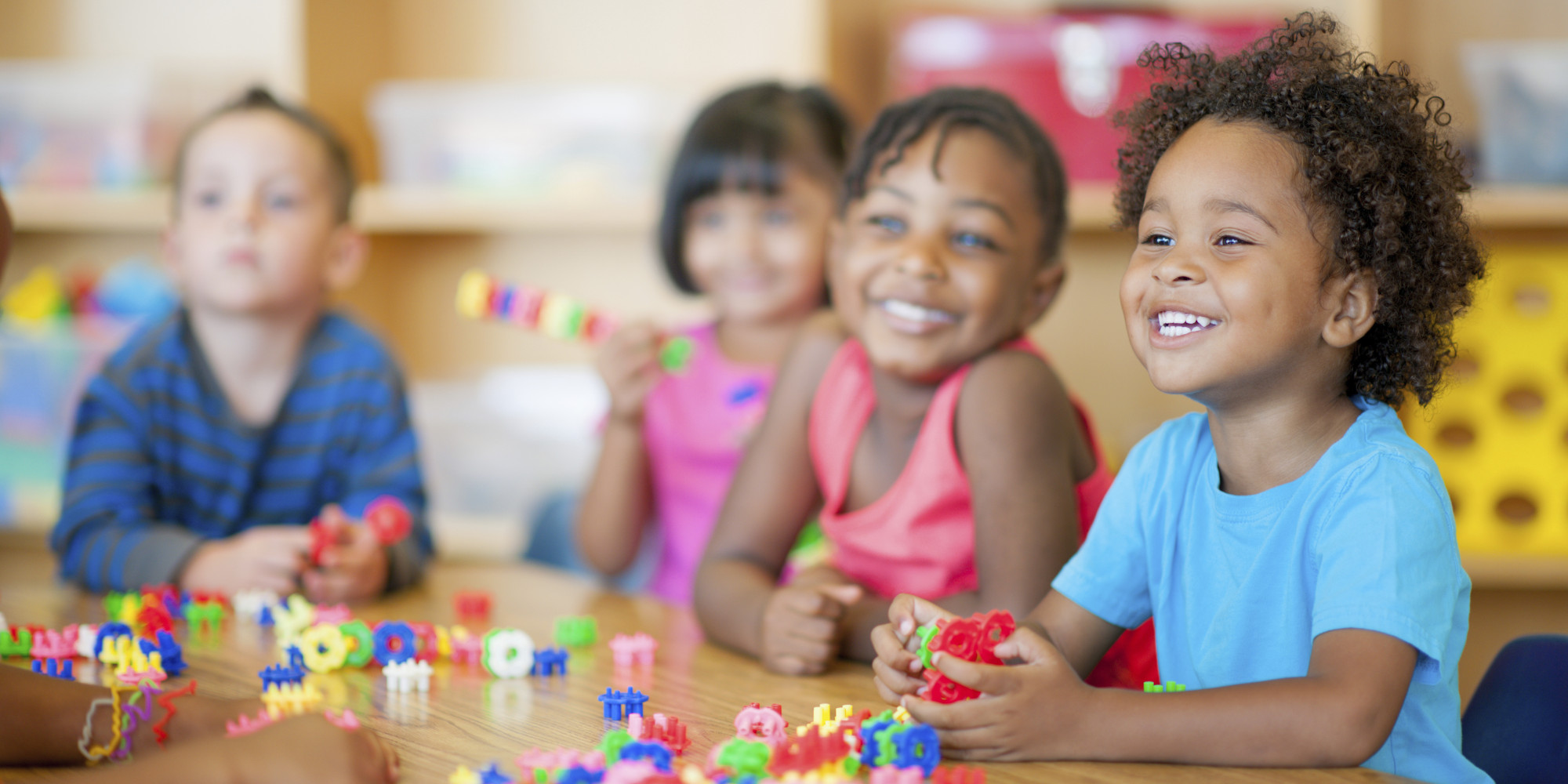 23
23Jan
Implementing Direct Instruction in Today’s Classroom
PSI employees were energized again in an afternoon session led by PSI Fall Meeting keynote speaker William J. DeMeo. This time, DeMeo presented on differentiating instruction in the classroom. Leading off with an engaging introduction video, participants were left with some mportant messages, including the need to look beyond classroom walls to see what awaits […]
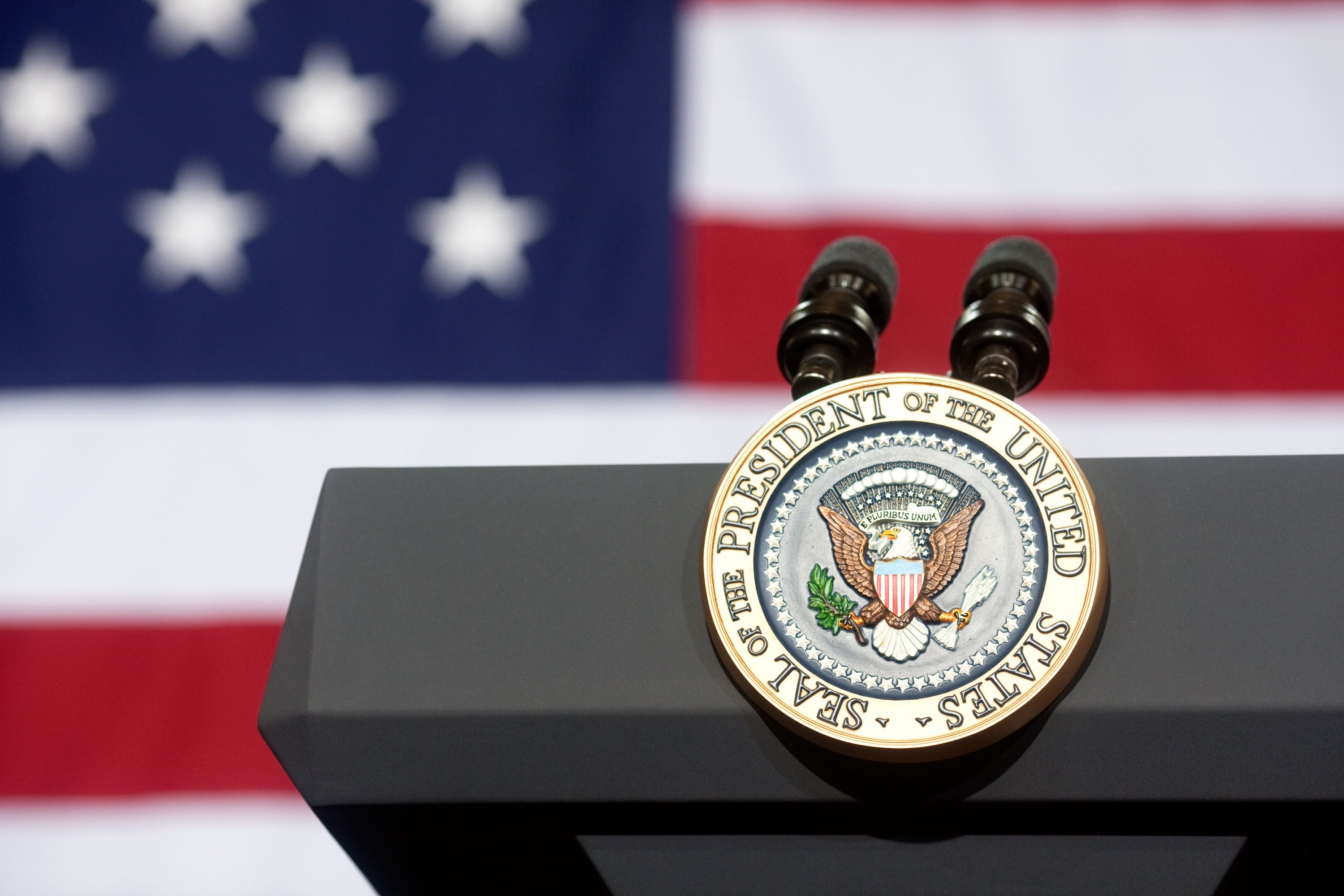 23
23Jan
NASP Guidance for Reinforcing Safe, Supportive and Positive School Environments for All Students
The 2016 election has been long and fraught with strong emotions. As a nation, we have much to do to heal the divisiveness that has resulted.
 26
26Oct
How a Meditation Practice Can Help Kids Become Less Anxious
The Power of Mindfulness By now there’s a good chance you’ve heard the term “mindfulness.” It seems to be everywhere—touted as the new yoga, the answer to stress, the alternative to Xanax. But beyond the buzz, what is it? Jon Kabat-Zinn, the scientist and widely recognized father of contemporary, medically based mindfulness—over 30 years ago […]
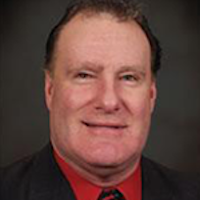 26
26Oct
Not Quite Burnt But Crispy Around the Edges
Mindfulness & how it affects us and what we can do about it was the topic given by (“Dr. Bill”) at PSI’s Fall 2016 Conference at the Crowne Plaza in Independence, Ohio. Without doubt, it seems the five-letter word everyone dreads most every day is stress. Using slides, video, numerous skits and literally working […]
 05
05Oct
VirtualPSI
VirtualPSI launched on October 1, 2016! Yes it’s a Saturday but in the virtual world, learning doesn’t take a day off!
Our platform is interactive, it is clear, it is precise and it is user-friendly! Schools are turning their textbooks into chromebooks and turning their therapy to virtual!
 13
13Jul
In the Wake of the Most Recent National Violence
NASP, the National Association of School Psychologists, has released the following statement regarding the violence this past week. These are trying times for everyone, particularly those people living in the communities directly affected by such violence. While my heart is heavy, I am proud to be a school psychologist and serve as your president at time when the […]
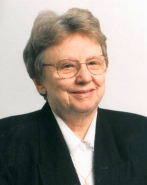 14
14Jun
In Honor of Sister Bernadette…..
We meet only a few very special people in our journey through life. I met such a lady close to 40 years ago when PSI was in its infancy. Sister M. Bernadette Maier, OSU, is perhaps the most remarkable woman I have met in my four decades of work with educators in Ohio. Certainly schools, […]
 28
28Feb
Body Language- Powerful Career Asset
Here are ten simple and powerful tips to help you have a super successful 2016. By Carol Kinsey Goman, Ph.D 1) To make a great first impression, begin before you enter the room. In business interactions, first impressions are crucial. Once someone mentally labels you as “likeable” or “untrustworthy, ”powerful” or “ineffectual,” everything else you […]
 14
14Feb
PSI LPN Saves Student’s Life
PSI LPN Saves Student’s Life Paula Harris, Manager PSI Special Needs Services The early morning of October 26, 2015 is a day that PSI Licensed Practical Nurse Jackie Hamlin Davidson will never forget. In fact she can tell you the exact time of the event: 8:25 am. Jackie, because of her training and assessment skills, […]
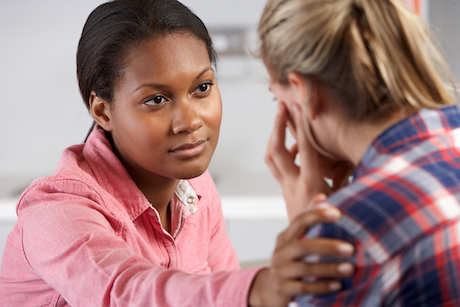 07
07Feb
Mental Health Matters- Suicide Prevention and Education
PSI has recently joined forces with LifeAct to be the educational partner to provide Middle School and/or High School students complimentary suicide education and prevention programs.
Recent Comments